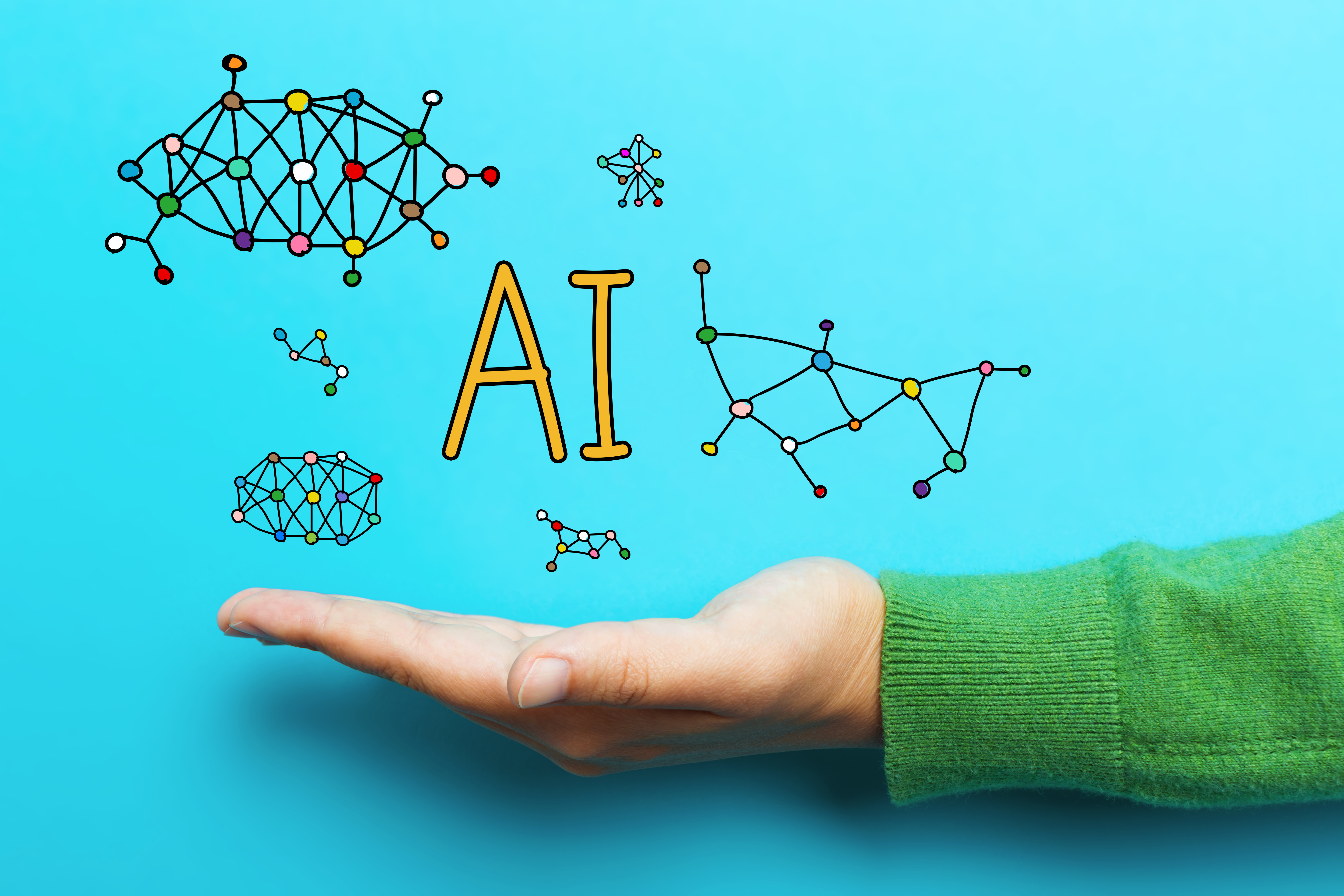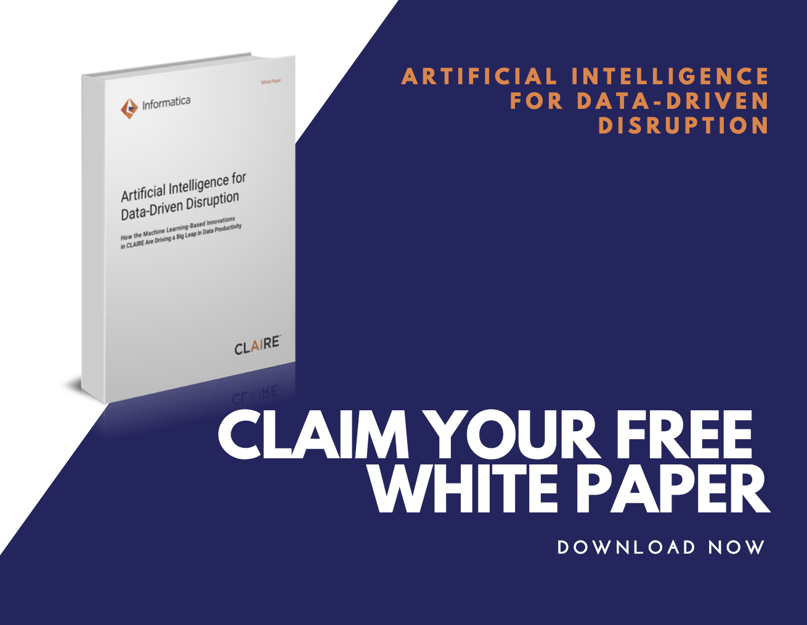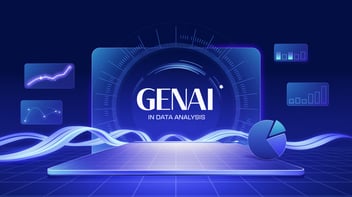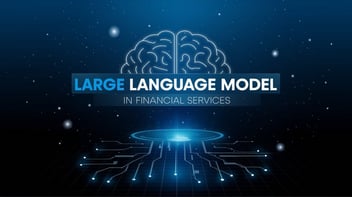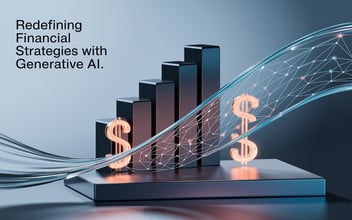
I believe the 'Data Renaissance' of the last few years is entering a new phase. Data is now frequently on the front pages of the mainstream press, but our use of computers up to this point has been mostly rudimentary, with developers explicitly generating the logic.
We are now moving beyond the old paradigm of computers only being capable of doing what humans programmed them to do, and are entering a new world where computers can learn some tasks for themselves. And we haven't yet truly begun to think of the implications of applying this to solving data problems. We have used it for facial recognition and music identification, but we have not applied this magic to helping IT solve the business problems better, faster, and cheaper.
As I think about Informatica's CLAIRE or other more truly AI-oriented initiatives like Google's DeepMind or OpenAI, we are at the earliest stages of applying this technology to help us with data itself. Image recognition, self-driving cars, and other sexy applications will get the love first. But there is low-hanging fruit when it comes to harvesting more basic AI for business. The problem is a lack of skills.

At least eight years ago I was curious how the iPhone app Shazam did its music recognition magic. I found a white paper that described the method and noticed that I went to university with the author, Avery Wang, founder of Shazam. We met for lunch where I proposed the idea of recognizing data using techniques similar to those he used for matching digital music snippets with song titles. Wang said the data recognition problem should be at least an order of magnitude easier than music recognition, and thus began Informatica's CLAIRE development.
So while much of what the business world is calling AI is complex if/then/else statements, in a few cases we are bringing AI to our world of data. How the next several years unfold will be fascinating.
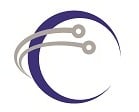
Posted by PDI Marketing Team
Pacific Data Integrators Offers Unique Data Solutions Leveraging AI/ML, Large Language Models (Open AI: GPT-4, Meta: Llama2, Databricks: Dolly), Cloud, Data Management and Analytics Technologies, Helping Leading Organizations Solve Their Critical Business Challenges, Drive Data Driven Insights, Improve Decision-Making, and Achieve Business Objectives.

